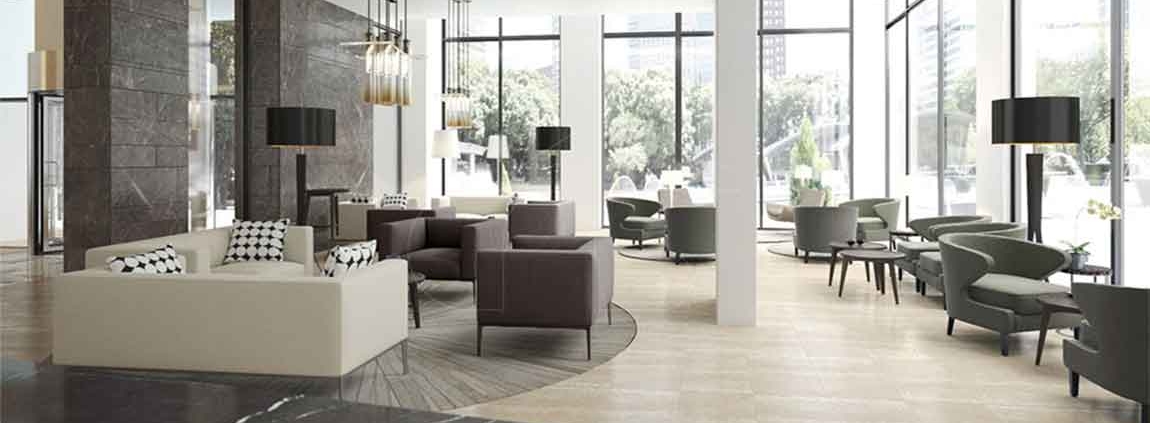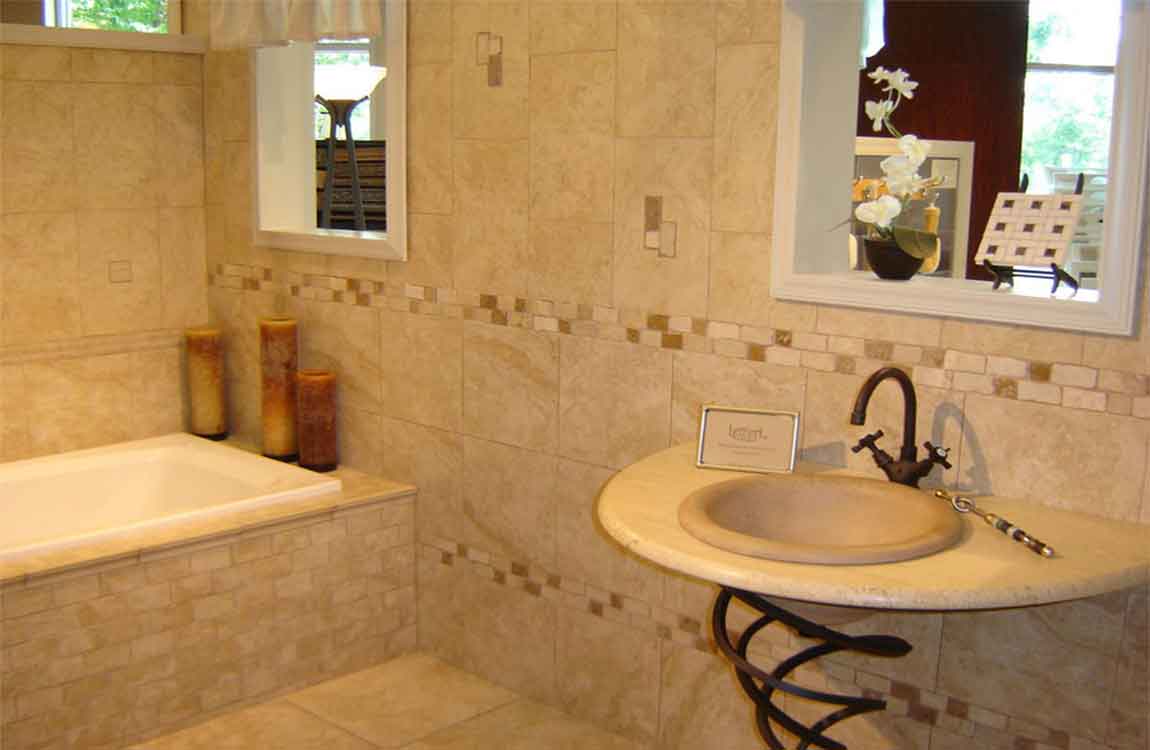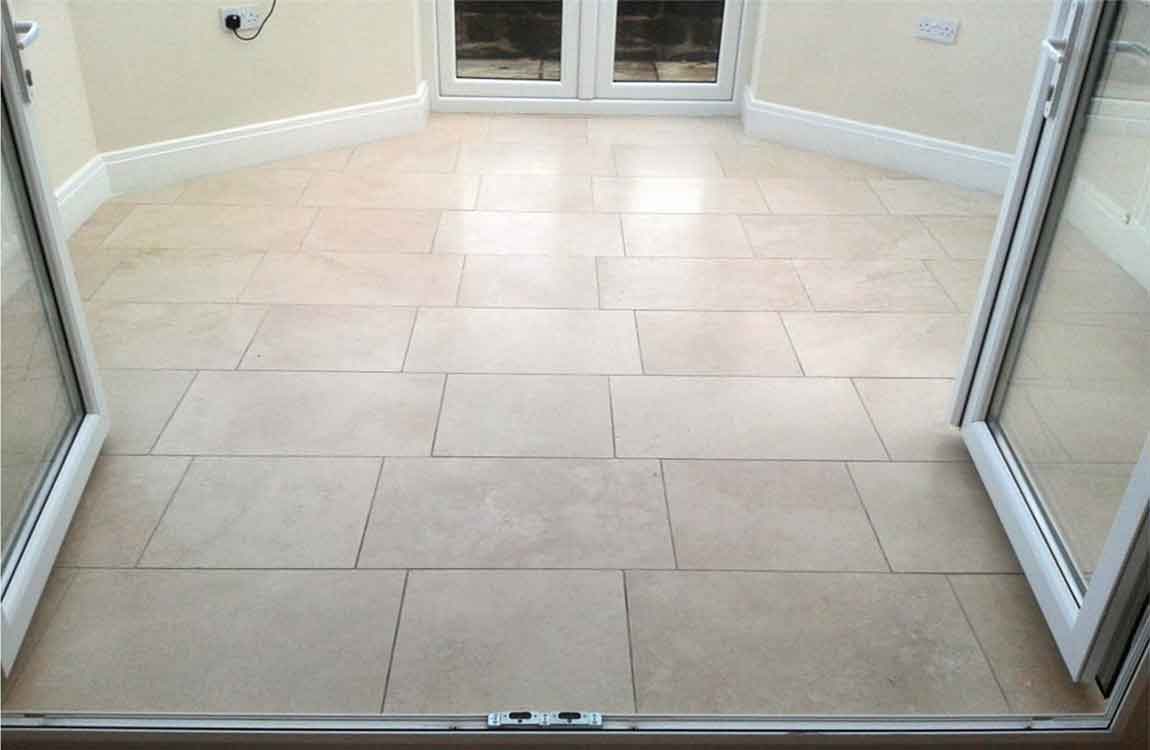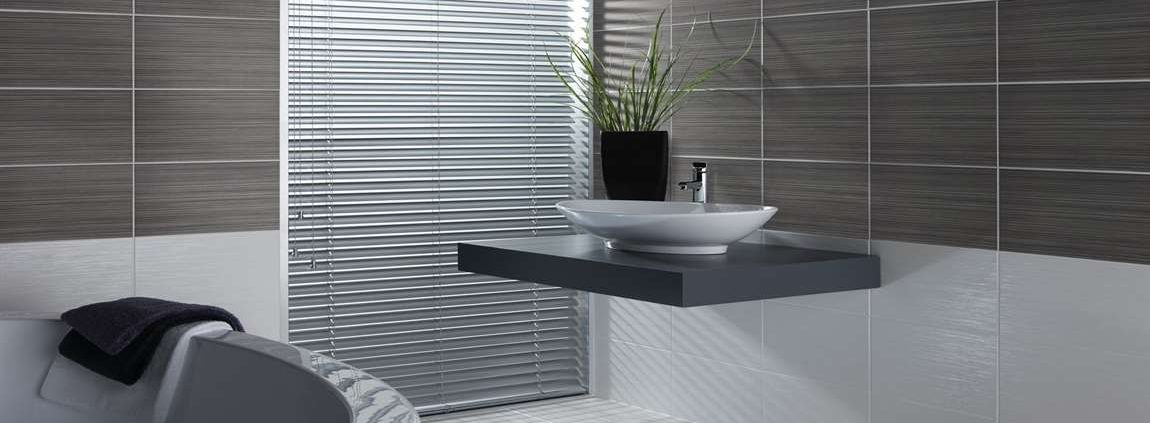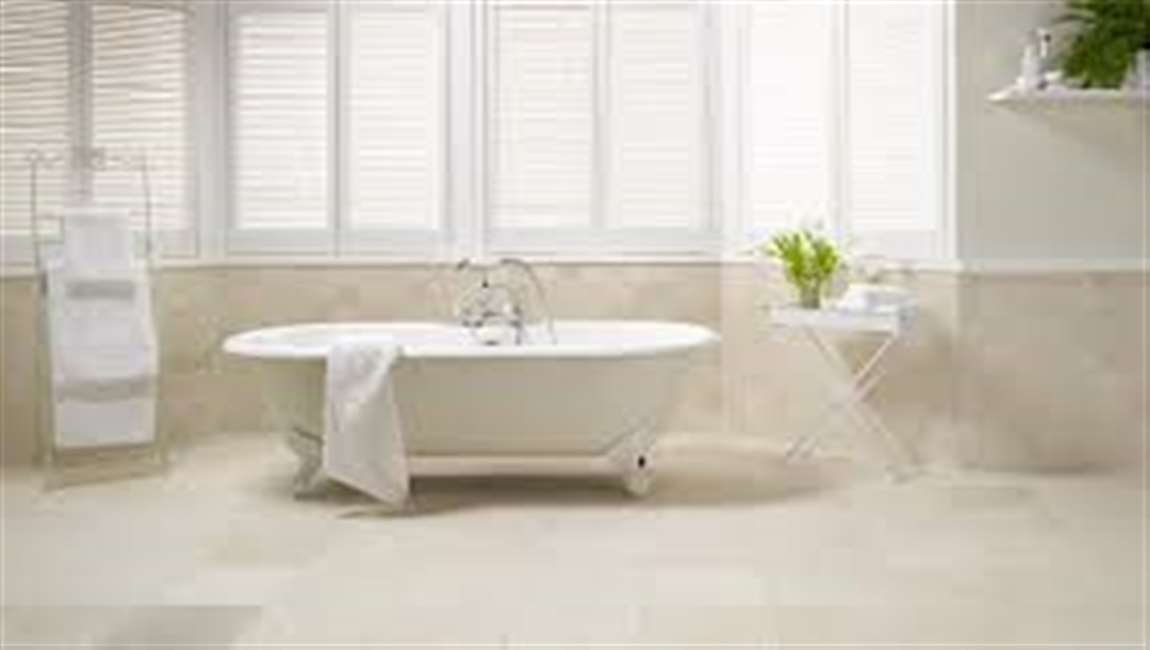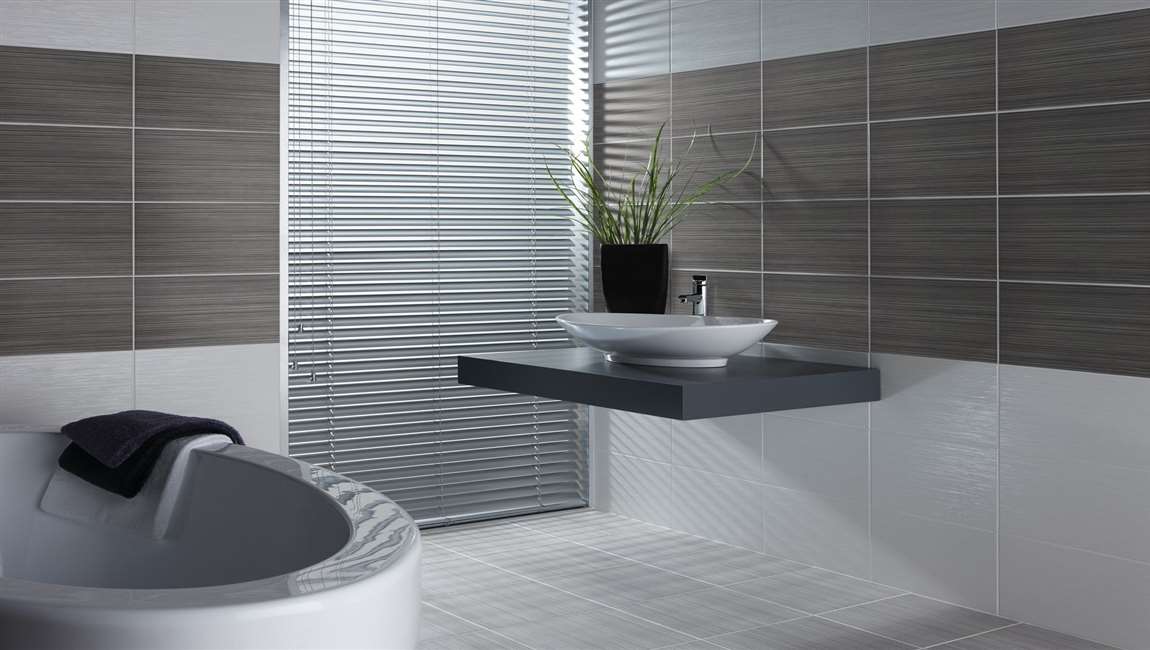How to Install a Kitchen Backsplash?
Adding a backsplash to your kitchen is a great way to create atmosphere with color and texture. Thankfully, the process of applying a backsplash is easy. Here is the best way to apply a backsplash to your kitchen, using both traditional tiles and a peel-and-stick method.
Firmly attach your tiles. Press them into the tile adhesive on the wall, using a level to make sure they are even. Push them a few times to make sure they are secured to the wall. If your tiles are not attached together in sections, use spacers to make sure they are all evenly spaced. Wiggle the tile a little bit against the wall to ensure suction with the adhesive.
Completely cover your wall. Attach all remaining tiles to your wall using this method, until you reach the edges. Before you stick your tiles to the edges of the wall, cut off any excess or oddly shaped corners to make sure the fit is perfect. Always cut out holes for outlets or odd edges prior to attaching the tile to the wall.
Any empty spaces can be filled with pieces of spare tile you cut to size with your tile cutter or utility knife. Apply grout. Use your (cleaned) trowel to spread grout evenly across the tiles. Don’t worry about covering the tiles, as that is what is supposed to happen. You will remove the unnecessary grout later.
Spread the grout at a 45 degree angle in a sweeping pattern. Allow a few minutes for the grout to set, and then use a damp sponge to clean off excess grout. All of the cracks between the tiles should be filled, while the remaining tiles should be cleaned of all unnecessary grout.

